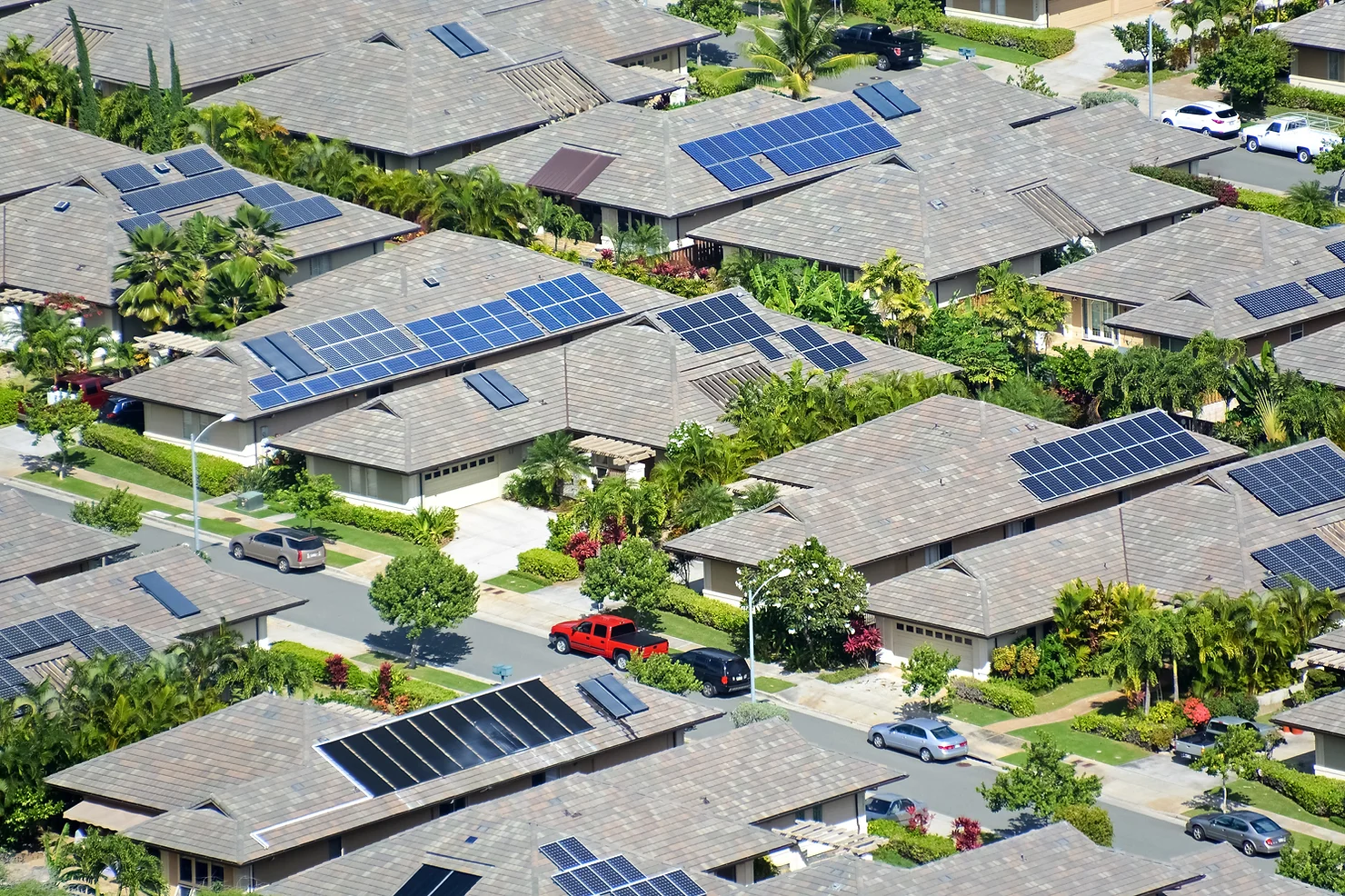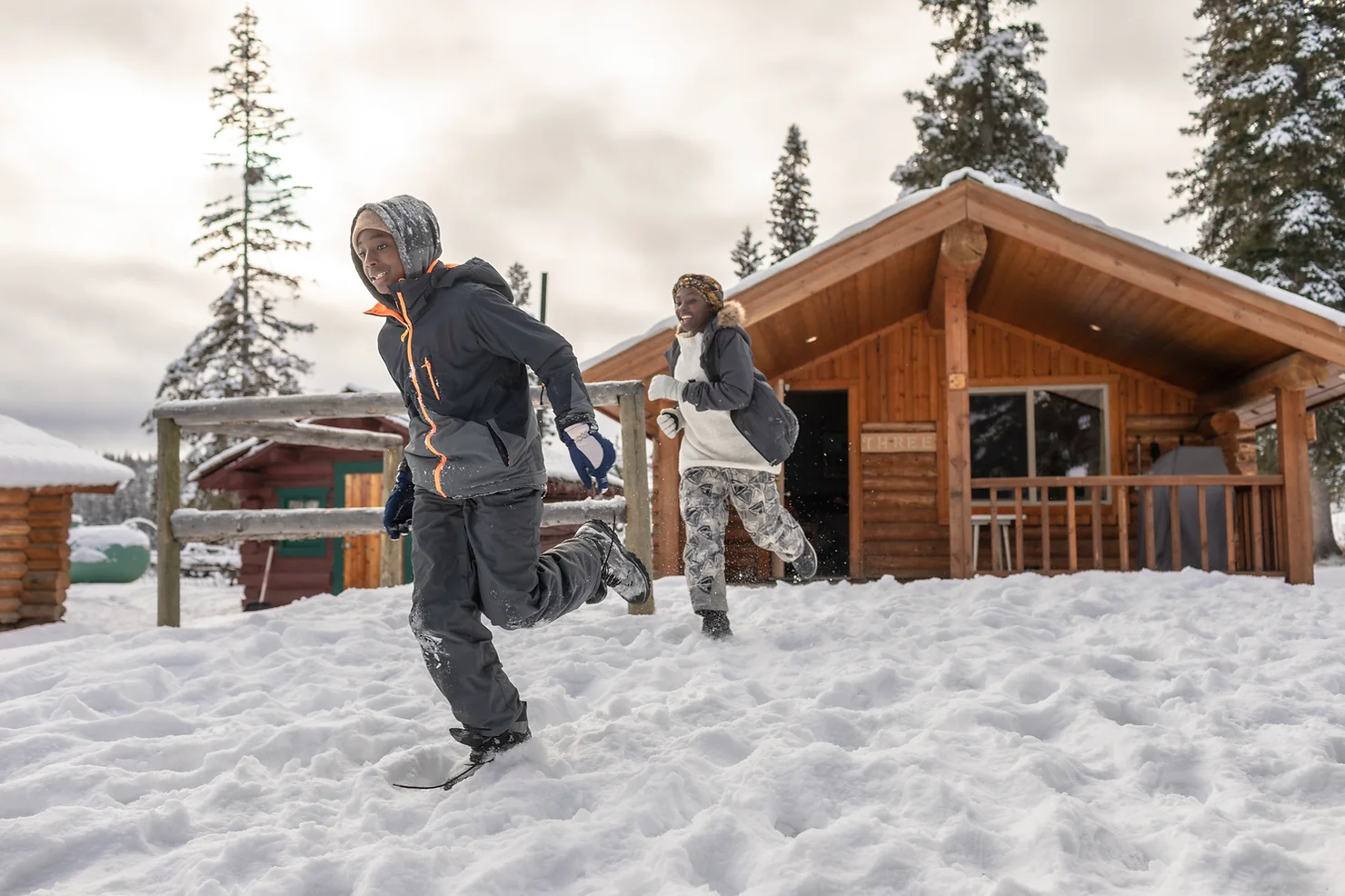
Inflation Reduction Act Makes Solar Energy More Affordable Than Ever
Discover how the Inflation Reduction Act is driving down the cost of solar energy and making it more affordable than …

As the winter season approaches, it's crucial to take proactive steps to protect your home from the harsh elements and create a cozy and energy-efficient living environment. Winterizing your home not only helps you stay warm and comfortable but also reduces your utility bills. By following these essential steps, you can maintain a comfortable indoor temperature while ensuring optimal energy efficiency during the winter months.
First and foremost, winterizing your home is essential for preventing drafts. Drafty windows and doors can significantly impact your home's heating efficiency, causing cold air to seep in and warm air to escape. By sealing air leaks and insulating your windows, you can create a tight barrier against the cold and keep your home cozy.
Moreover, winterizing your home is crucial for preventing frozen pipes. When temperatures drop, the water inside your pipes can freeze, leading to pipe bursts and water damage. By taking the necessary precautions, such as insulating your pipes and keeping them warm, you can protect your plumbing system and avoid costly repairs.
Lastly, winterizing your home is a smart investment in energy efficiency. By properly insulating your attic and walls, maintaining your heating system, and implementing other energy-saving measures, you can significantly reduce your energy consumption and lower your utility bills. Winterizing your home is not only beneficial for your wallet but also for the environment.
One of the first steps in winterizing your home is to inspect and seal your windows and doors. Start by examining the frames for any cracks or gaps that could allow cold air to enter your home. Use weatherstripping tape or caulk to seal these openings and create a tight seal.
Next, check the condition of your window and door seals. Over time, these seals can deteriorate and lose their effectiveness. If you notice any signs of wear and tear, consider replacing them to ensure maximum insulation.
In addition to sealing gaps and replacing worn-out seals, consider investing in window insulating kits. These kits consist of plastic film that you can apply to your windows using double-sided tape. When properly installed, these insulating kits create an additional layer of insulation, preventing drafts and reducing heat loss.
Remember, the goal is to create a tight barrier against the cold air outside. By inspecting and sealing your windows and doors, you can significantly improve your home's energy efficiency and comfort during the winter months.
Another important step in winterizing your home is to check and clean your gutters. As the leaves fall during autumn, they can accumulate in your gutters, causing clogs and preventing proper drainage. When your gutters are clogged, water can overflow and freeze, leading to ice dams and potential damage to your roof and walls.
Start by removing any debris from your gutters using a small garden trowel or a gutter scoop. Be sure to wear gloves and take necessary safety precautions while working on a ladder. Once the debris is cleared, use a hose to flush out any remaining dirt or small particles.
While cleaning your gutters, also check for any signs of damage. Look for cracks, loose joints, or sagging sections that may need repair. Addressing these issues before winter sets in is crucial to prevent water damage and maintain the integrity of your gutter system.
After cleaning and inspecting your gutters, consider installing gutter guards. These protective screens or covers can prevent leaves and debris from entering your gutters, reducing the need for frequent cleaning and minimizing the risk of clogs.
By checking and cleaning your gutters, you can ensure proper drainage and prevent water-related issues during the winter season.
Proper insulation is key to maintaining a comfortable indoor temperature and reducing energy loss. To winterize your home effectively, pay attention to your attic and walls, as these areas are often major sources of heat loss.
Start by inspecting your attic for any gaps, cracks, or areas without insulation. These openings can allow warm air to escape and cold air to enter your living spaces. Use expanding foam insulation or insulation batts to seal these gaps and ensure proper insulation.
In addition to insulating your attic, consider adding insulation to your walls. Depending on the construction of your home, you may have options such as blown-in insulation or insulation batts. Consult with a professional to determine the best insulation type and method for your specific walls.
Proper insulation not only keeps your home warm but also helps to regulate the temperature more efficiently. By minimizing heat loss, you can reduce the workload on your heating system and lower your energy consumption.
To ensure your heating system is ready for the winter season, regular maintenance is essential. Start by scheduling a professional inspection and servicing of your furnace or heat pump. A qualified technician can check for any issues, clean or replace filters, and ensure optimal performance.
In addition to professional maintenance, there are several steps you can take to maximize your heating system's efficiency. Start by replacing your air filters regularly. Clogged filters can restrict airflow and reduce heating efficiency. Consider using high-efficiency filters to trap more dust and allergens while allowing proper airflow.
Next, check your thermostat settings. Lowering your thermostat by a few degrees can significantly reduce your energy consumption. Consider investing in a programmable or smart thermostat that allows you to set different temperatures for different times of the day, ensuring optimal comfort and energy savings.
Lastly, remember to check your heating system's ductwork for any leaks or gaps. Sealing these openings can prevent heat loss and ensure that warm air reaches your living spaces efficiently.
By maintaining your heating system and implementing energy-saving practices, you can stay warm and comfortable while minimizing your energy bills.

One of the most critical steps in winterizing your home is protecting your pipes from freezing. Frozen pipes can burst and cause significant water damage, leading to costly repairs. To prevent frozen pipes, follow these essential tips:
By taking these precautions, you can protect your plumbing system from freezing and avoid the hassle and expense of dealing with burst pipes.
Winterizing your home goes beyond the interior. It's crucial to prepare your outdoor spaces for the cold season to prevent damage and ensure a smooth transition into spring. Here are some essential steps to consider:
By preparing your outdoor spaces for winter, you can protect your belongings, prevent damage, and ensure a smooth transition into the warmer months.
While winter may seem dormant for your landscaping, there are still steps you can take to maintain its health and prepare for the coming spring. Here are some essential winterizing tips for your garden and plants:
By winterizing your landscaping, you can ensure the health and vitality of your plants and create a beautiful outdoor space for the upcoming season.
In addition to winterizing your home, there are several energy-saving tips you can implement to reduce your utility bills and minimize your environmental impact. Here are some practical suggestions:
By implementing these energy-saving tips, you can enjoy a warm and comfortable home without breaking the bank.
Winterizing your home is a proactive step that ensures your safety, comfort, and energy efficiency during the cold season. By following the steps outlined in this comprehensive guide, you can protect your home from drafts, prevent frozen pipes, and maintain optimal energy efficiency.
Remember to inspect and seal your windows and doors, check and clean your gutters, insulate your attic and walls, maintain your heating system, protect your pipes from freezing, and prepare your outdoor spaces and landscaping for winter. Additionally, implement energy-saving practices to further reduce your utility bills.
Don't let the cold weather catch you off guard. Take control of your home's winterization now and enjoy a snug and problem-free winter season. Stay warm, save energy, and create a cozy indoor environment for yourself and your loved ones.